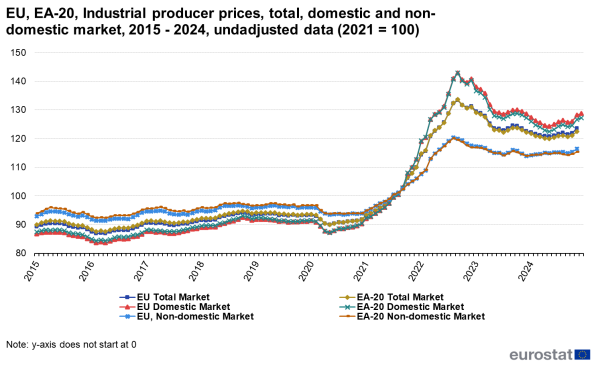What You Need to Know About the PPI Report

Introduction
The Producer Price Index (PPI) report is an essential economic indicator that measures the average change over time in the selling prices received by domestic producers for their output. This data is crucial for understanding inflation trends in the economy and helps businesses, policymakers, and investors make informed decisions. The PPI serves as a leading benchmark for inflation, often impacting various sectors including manufacturing, construction, and services.
The Importance of the PPI Report
The PPI report is released monthly by the Bureau of Labor Statistics and provides insights into pricing trends at the producer level, which can eventually affect consumer prices. With rising concerns about inflation, the latest PPI report becomes particularly significant. In its September 2023 release, the PPI showed a modest increase, with the index rising 0.3% for final demand prices after a 0.4% rise in the previous month. This steady uptick underscores the continued economic pressures that businesses are facing.
Recent Trends and Data
According to the September 2023 PPI report, the year-over-year reading for final demand accelerated to 2.8%, reflecting an inflation trajectory that remains above the Federal Reserve’s target. This growth was primarily driven by higher prices in services, particularly in healthcare and transportation sectors. Additionally, the index for final demand goods saw a small increase of 0.2%, indicating that cost pressures are also impacting physical goods.
Some sectors reported larger increases; for example, the index for food increased by 0.5%, while energy prices showed a surprising rebound with a 1.3% rise after several months of declines. Such fluctuations can significantly influence consumer behavior, as higher production costs can lead to increased prices for end consumers.
Significance for Investors and Policymakers
For investors and policymakers, the PPI report provides critical insights into the challenges businesses face in maintaining profitability while managing costs. Rising producer prices can prompt discussions around interest rate adjustments by the Federal Reserve as they strive to control inflation without stifling economic growth.
Investors regularly assess PPI data to anticipate shifts in market direction. Companies may alter pricing strategies or explore operational efficiencies in response to rising costs indicated by the PPI. Consequently, the report can influence stock market trends and overall economic forecasts.
Conclusion
As the economy navigates fluctuating prices and inflationary pressures, the PPI report remains an indispensable tool. Its data reflects not only the current state of the economy but also offers foresight into upcoming trends that can affect investment decisions and policy formulation. Understanding the nuances of the PPI will equip readers, businesses, and financial analysts with necessary insights to adapt in a rapidly changing economic landscape.









